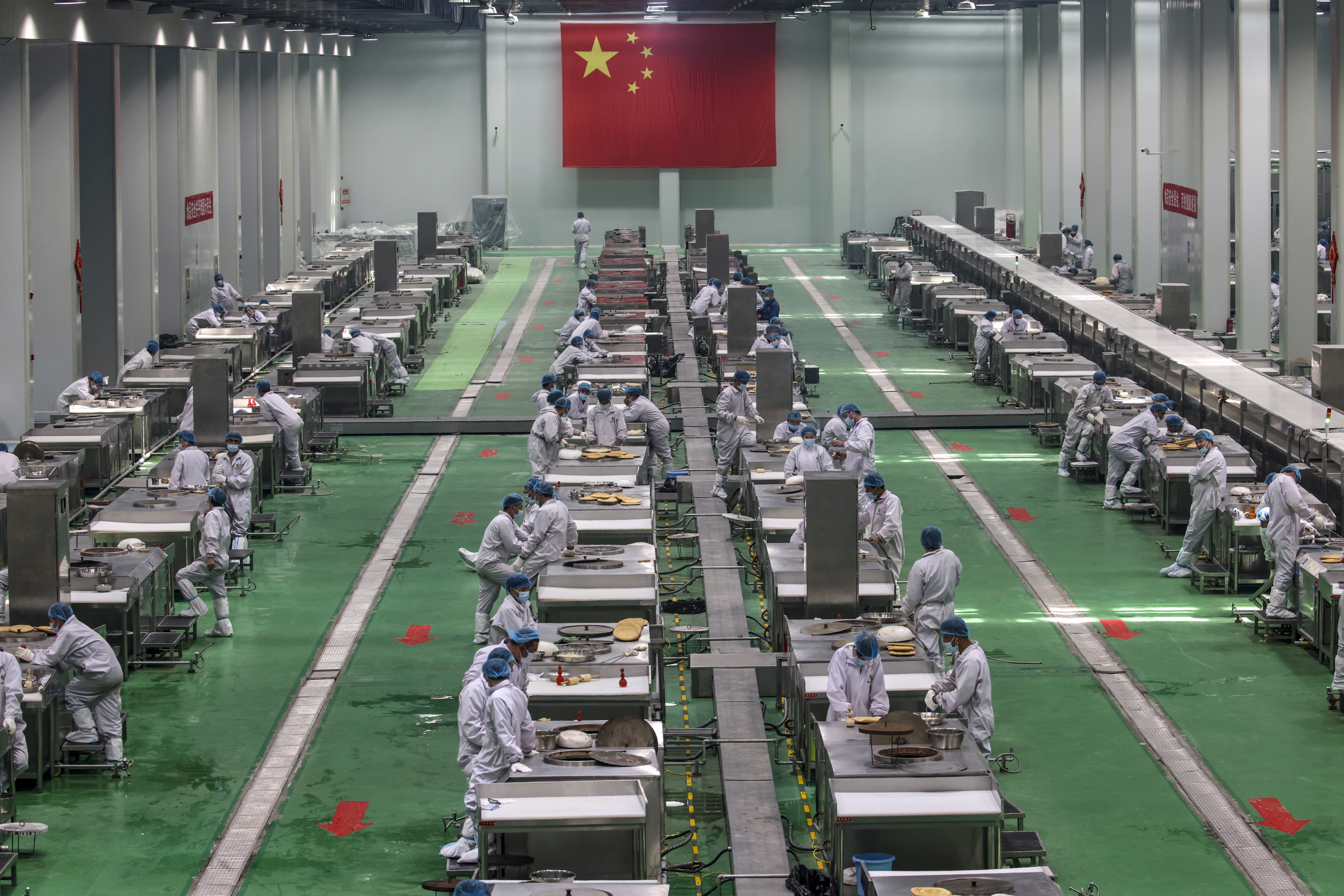Advertisement
Advertisement
Xinjiang’s economy and the impact of US sanctions
This series looks at China’s Xinjiang province and how it is coping economically under a series of US sanctions over alleged human rights violations and the widespread use of forced labour.
Updated: 11 Oct, 2021
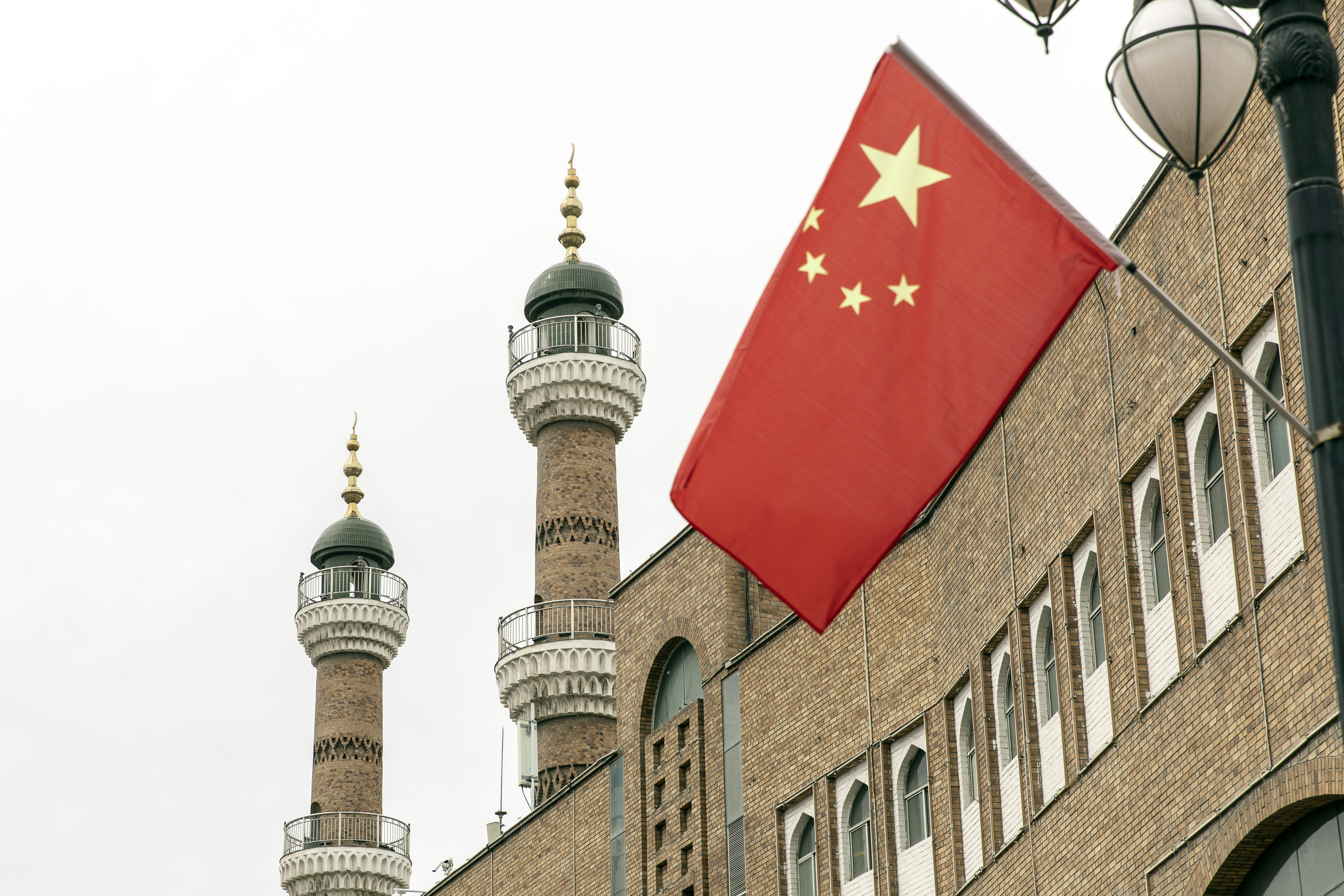
Advertisement
[1]
Beijing pours billions into Xinjiang. Is it sustainable?
The US earlier this year banned cotton and tomato products from Xinjiang over alleged human rights violations, but the province remains a major agricultural base.
01 Oct, 2021
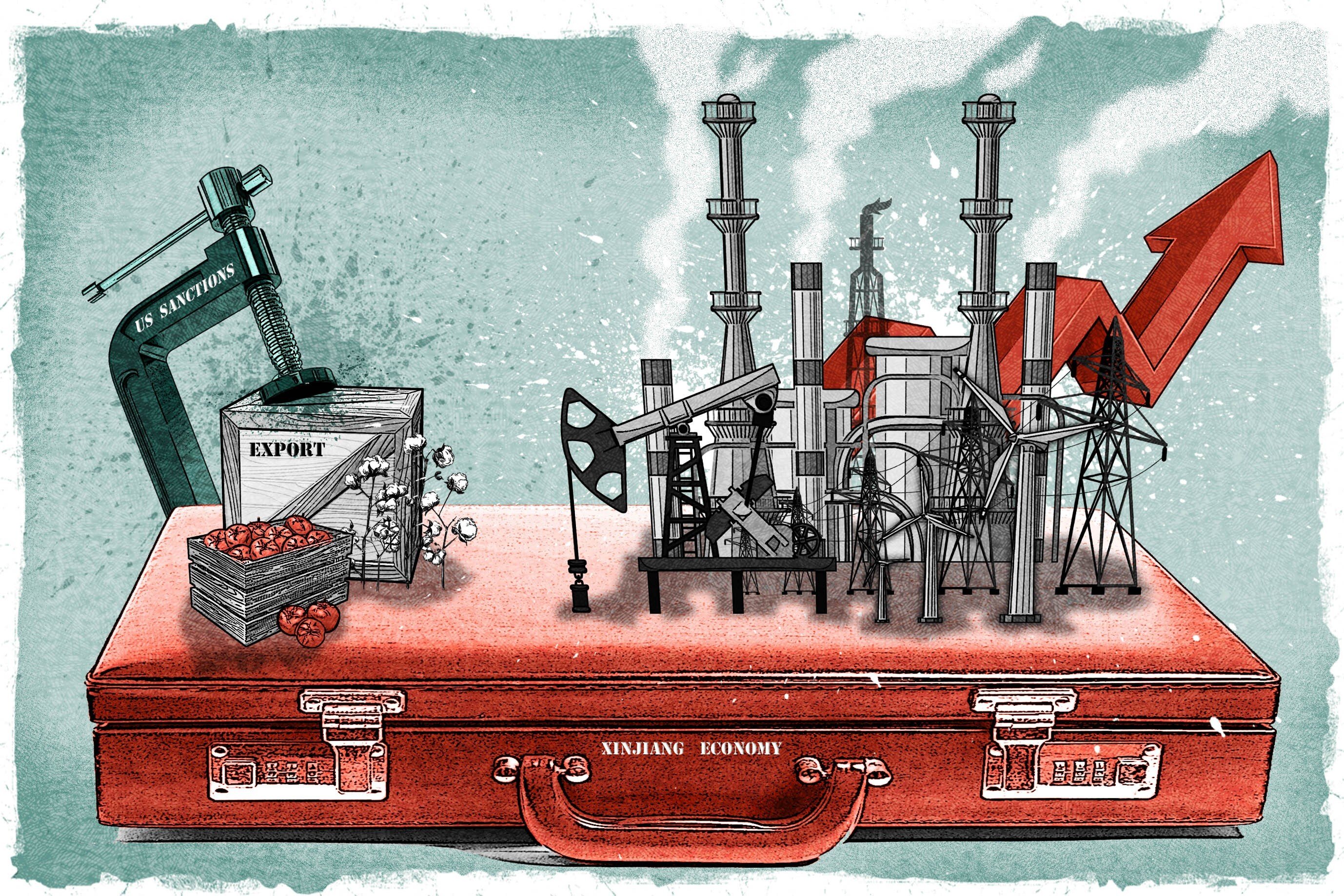
Advertisement
Advertisement
[2]
What is China’s ‘pairing assistance’ that sends money, talent to Xinjiang?
Beijing insists its long-running initiative has improved Xinjiang’s infrastructure and enhanced people’s lives, but the US says that billions of yuan have been funnelled into factories where alleged labour abuses take place.
05 Oct, 2021
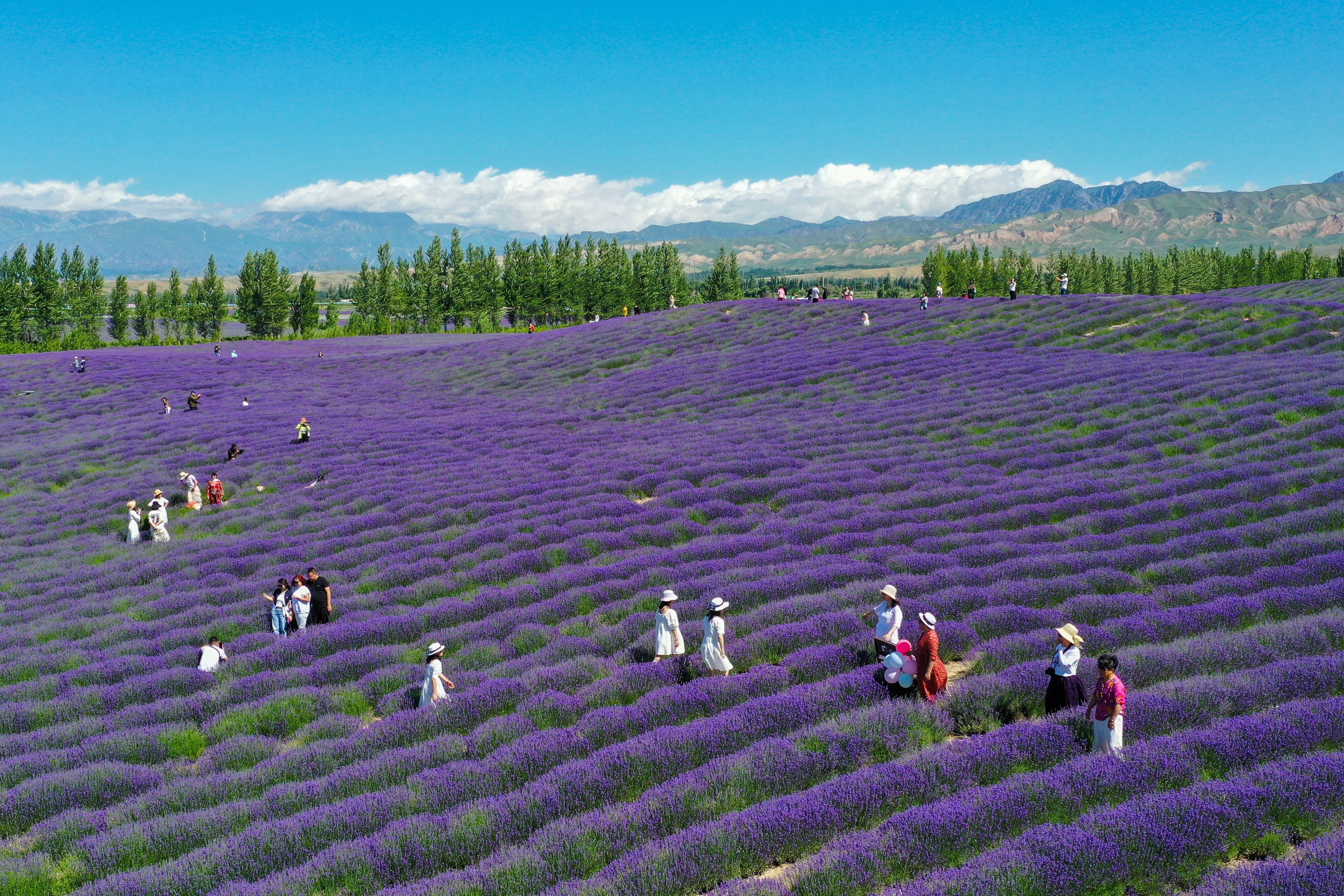
[3]
Xinjiang’s exports are under pressure – but not because of US sanctions
Trucks crossing the border of China’s far west Xinjiang have plummeted over the past 18 months, mirroring a broader decline of exports in regional gross domestic product.
06 Oct, 2021
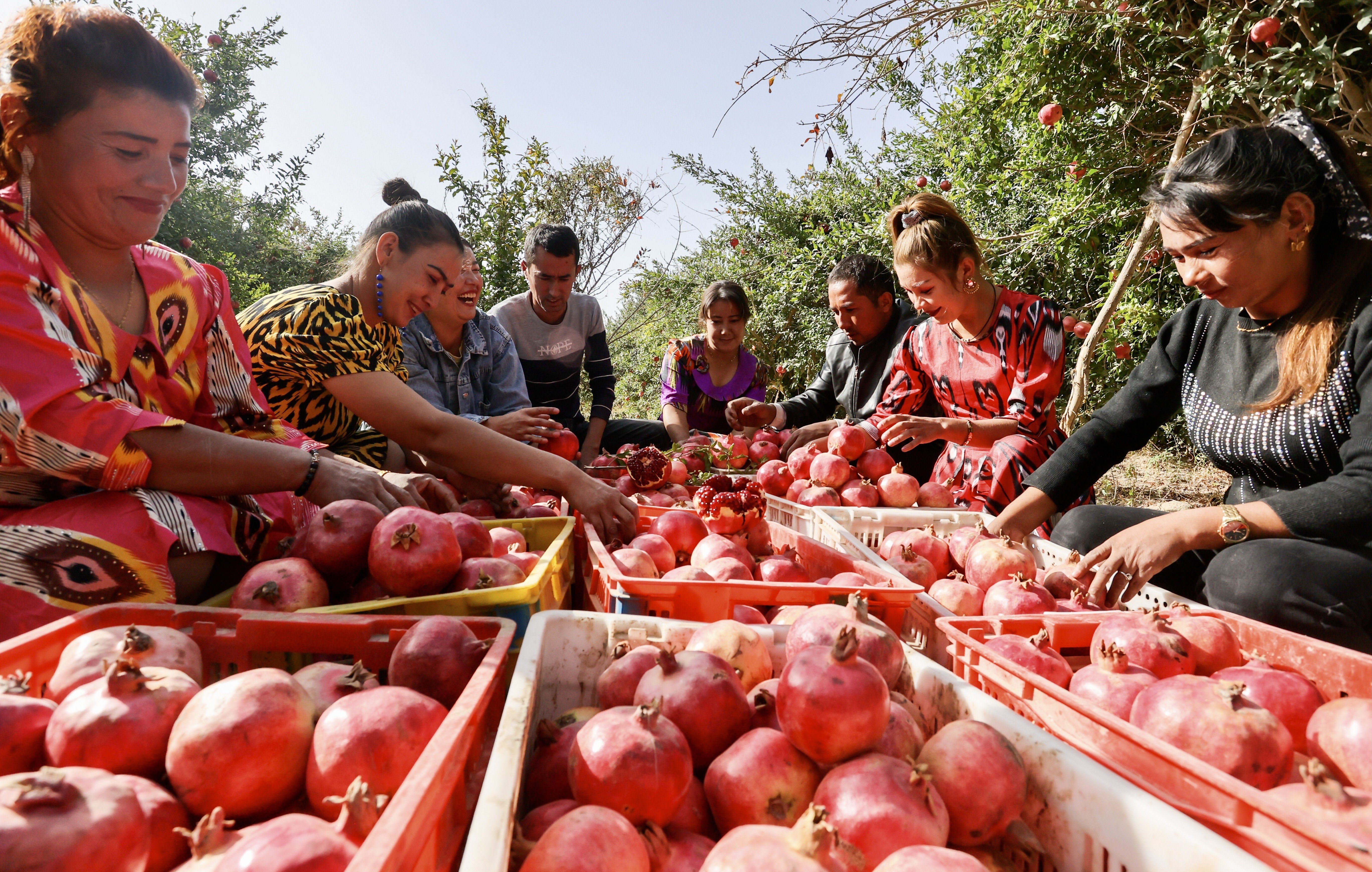
[4]
Xinjiang’s debt-heavy state firms pose hidden risk to local government
Debt issued by the Xinjiang Production and Construction Corps, a quasi-military entity in Washington’s cross hairs, has surged in recent years to fund social and security spending.
08 Oct, 2021
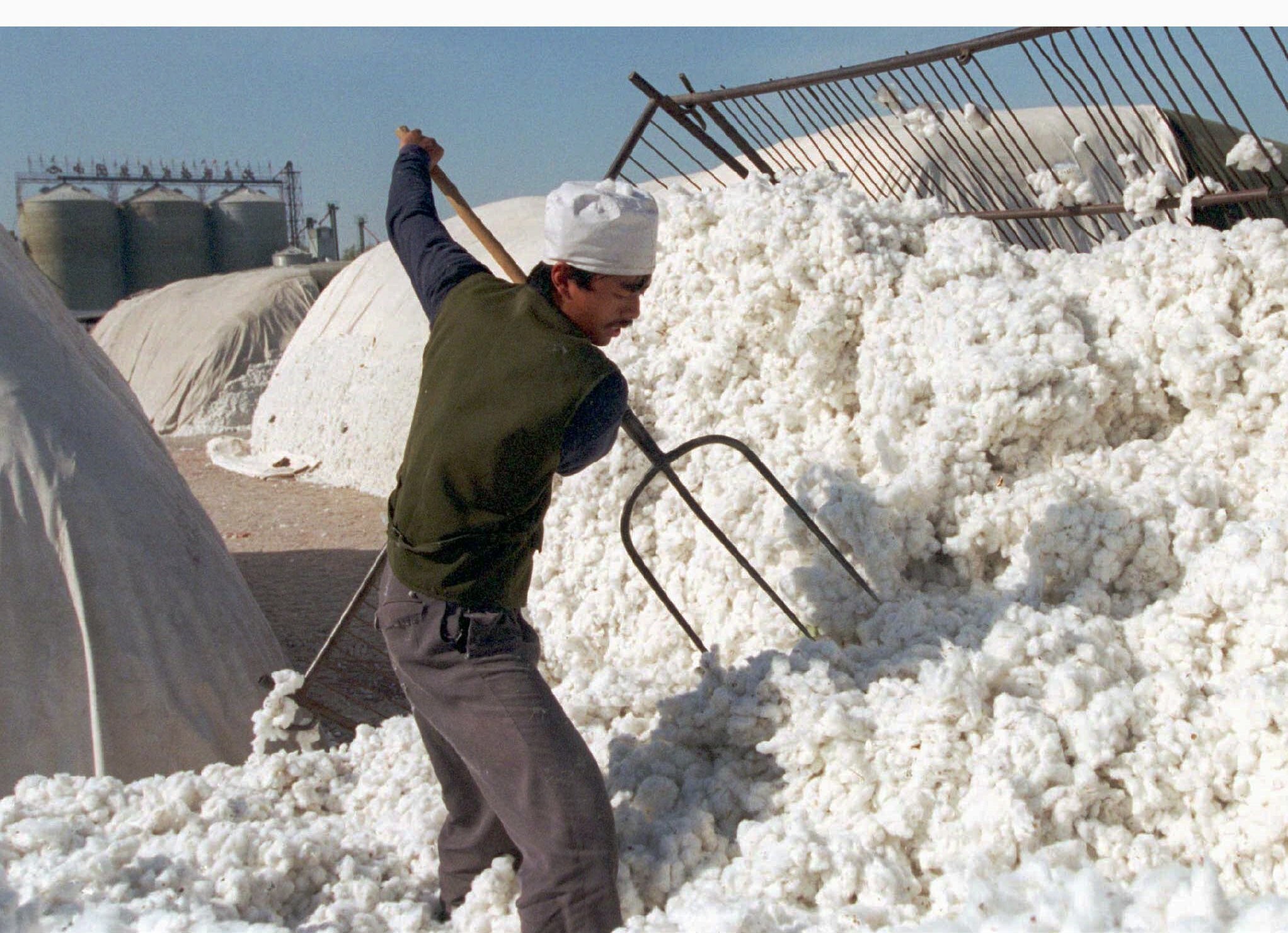
[5]
How China borrowed a page from the EU’s playbook to counter US sanctions
Beijing appears to have taken inspiration from the European Union’s (EU) decades-old blocking statute when it drafted its own law to counter Western sanctions.
08 Oct, 2021
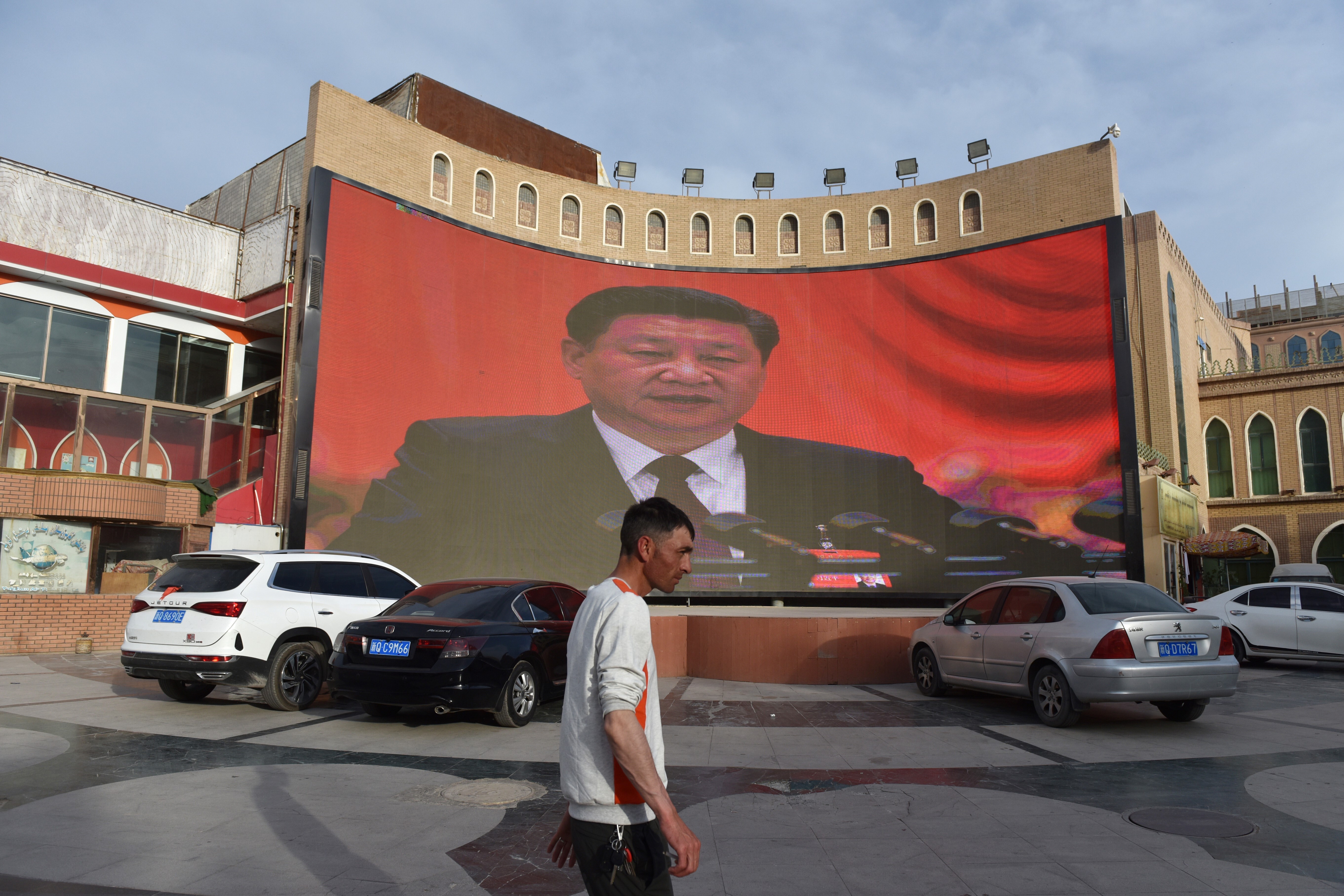
[6]
Explainer | Key dates, events as China clashes with West over Xinjiang forced labour claims
China has been faced with international criticism over alleged forced labour, genocide and other abuses against the Uygur Muslim population since 2017.
09 Oct, 2021
